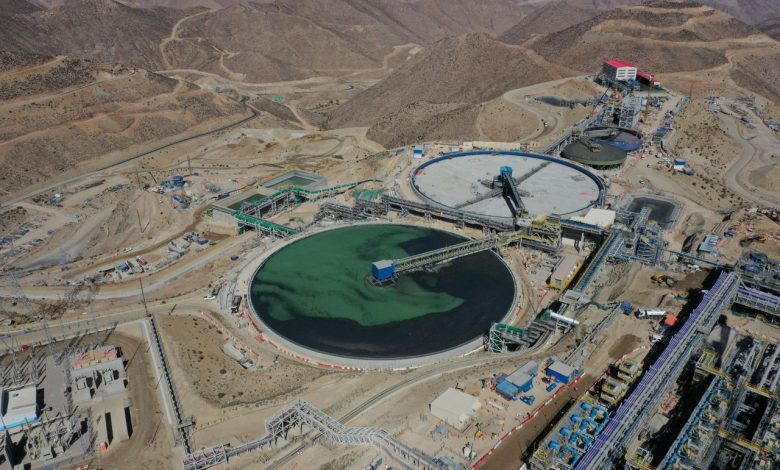Investors with US$15 trillion signal new approach to miners

Investors need to adopt a new approach to the mining sector if the industry is to meet the growing demand for minerals and metals needed for the green transition.
That’s the central message in a report published on Tuesday (Oct 8) by a coalition of some of the world’s biggest investors, including California State Teachers’ Retirement System and Allianz Investment Management.
The Global Investor Commission on Mining 2030, which is supported by institutions with US$15 trillion of assets, proposed several recommendations for how investors can help bring about “an environmentally and socially responsible mining industry” through steps including capital allocation and company engagement.
The technologies and infrastructure needed to power a lower carbon world from wind to solar and electric-vehicles will require vast amounts of minerals and metals, and often considerably more than for combustion-powered technology. For example, a typical electric car requires six times the mineral inputs of a conventional car.
Mineral demand for clean energy technologies will need to almost triple by 2030 to align with the International Energy Agency’s net zero by 2050 scenario. And that means the companies that extract, refine and transport these raw materials will be essential players in the low-carbon transition.
However, mining’s long list of environmental and social harms from child labour to toxic waste have made miners a difficult prospect for some investors.
BT in your inbox

Start and end each day with the latest news stories and analyses delivered straight to your inbox.
Adam Matthews, chair of the Commission on Mining and chief responsible investment officer at the Church of England Pensions Board, said in an interview that while mining is a systemically important sector, it’s historically been penalised by investors, especially those that track environmental, social and governance issues. Many ESG investors are underweighting miners because of past scandals, he said.
It’s time to change that equation and investors will play a key role in reshaping the mining industry, Matthews said.
“We’ve got to lean into the sector in a much more intentional way than just simply managing it within our own individual portfolios, and recognising that unless we do so it’s going to be hard for the sector to attract the long-term patient capital it’s going to need to meet future demand in the most responsible way,” Matthews said. “We’ve got to give the signals that there’s a long-term commitment from us.”
To do this, investors need to better understand the mining ecosystem and how they can influence it, the commission said. The group came up with six strategic objectives for its investor members, including developing a common set of expectations and advocating for better environmental performance.
“As a capital-intensive sector, investor support is essential,” said George Cheveley, a portfolio manager at Ninety One. “Engagement and improvement of this sector is vital, as divestment doesn’t provide any solutions and will slow down progress on the energy transition.”
And this effort isn’t just about miners, said Fredric Nyström, head of sustainability and governance at Swedish pension fund AP3. It’s about the whole supply chain for mineral-dependent industries ranging from automotives to renewables, he said in an interview.
“So even if you’re not invested in mining specifically, you may be invested in other sectors that have dependencies there,” Nyström said.
Other investors in the Commission on Mining are the global asset management business of Legal & General Group, Scottish Widows and Royal London Asset Management. BLOOMBERG





